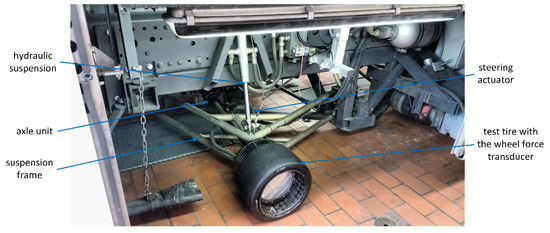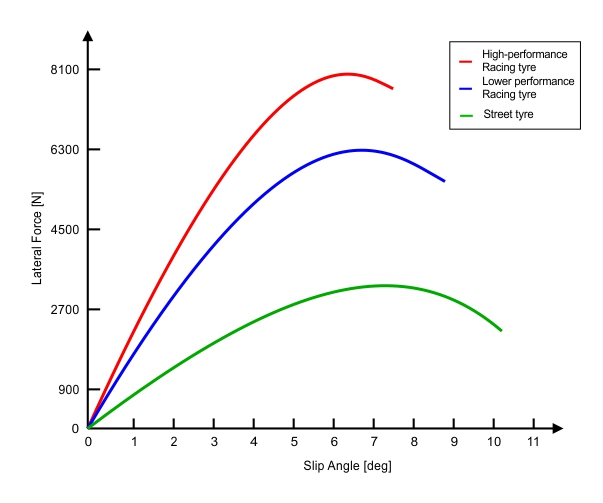
The green box represents the initial entry to the menu, the blue boxes represent menu options, and the orange boxes represent modifiable values whose increments and ranges were set in the programs code. To illustrate this concept, refer to the top image on the left.

The encoder would also facilitate entering other subsequent tiers of the menu system via the built-in pushbutton on the encoder.
#FSAE TIRE COEFFICIENT OF FRICTION DRIVER#
To do so, the driver or on-track engineer would be able to press the momentary pushbutton, which would take them to the testing setup menu.įrom there, the LCD display would show a list of settings to be modified such as the number of utilized camber shims, individual tire pressures, etc.Įach setting could be toggled through and modified via the use of the rotary encoder.

The microcontroller would attain the given vehicle performance metrics through CAN (Control Area Network) communication with the teams onboard data logging unit. Underneath the dashboard panel, a microcontroller would control these new functions, and the final circuit would be a combination of terminal wiring and a soldered protoboard. The tachometer, which would include rev lights and a seven-segment display, would serve to give the driver both a quantitative and qualitative reference in regards to the engines current rpm. The added LCD screen would read out live data from sensors installed throughout the vehicle, and would also facilitate the ability for the driver or on-track engineers to input the vehicles given suspension setup that was currently being tested at a given moment. Fsae Tire Coefficient Of Friction Driver Or Onįsae Tire Coefficient Of Friction Driver Or On.
#FSAE TIRE COEFFICIENT OF FRICTION DRIVERS#

Applications of these techniques are shown on a Formula SAE tire and a full-size radial racing tire. New techniques to implement pressure effects in the Nondimensional Model are presented. Additionally, the effects on cornering stiffness, friction coefficients, peak aligning torque coefficient and peak shape are reviewed. Effects on lateral force and aligning torque are investigated in detail. This paper discusses the effects of tire pressure on tire force and moment output. Thus, it is desirable to incorporate inflation pressure into the Nondimensional Tire Model as an input. Still, tire pressure is the easiest tire parameter to change, and as the air temperature within the tire varies during use so does the inflation pressure. Since the Nondimensional Tire Model is semi-empirical it does not specifically deal with tire parameters like sidewall height or tread compound. Tire pressure is more like a tire parameter than a tire operating condition.

Traditional operating conditions are normal load, slip angle, inclination angle, slip ratio and road surface friction coefficient. This is a reasonable limitation, in that the Nondimensional model forms an input/output relationship between tire operating conditions and force & moment outputs. Most tire models, including the Radt/Milliken Nondimensional Tire Model, are restricted to modeling a single inflation pressure at a time. Inflation pressure affects every aspect of tire performance.


 0 kommentar(er)
0 kommentar(er)
